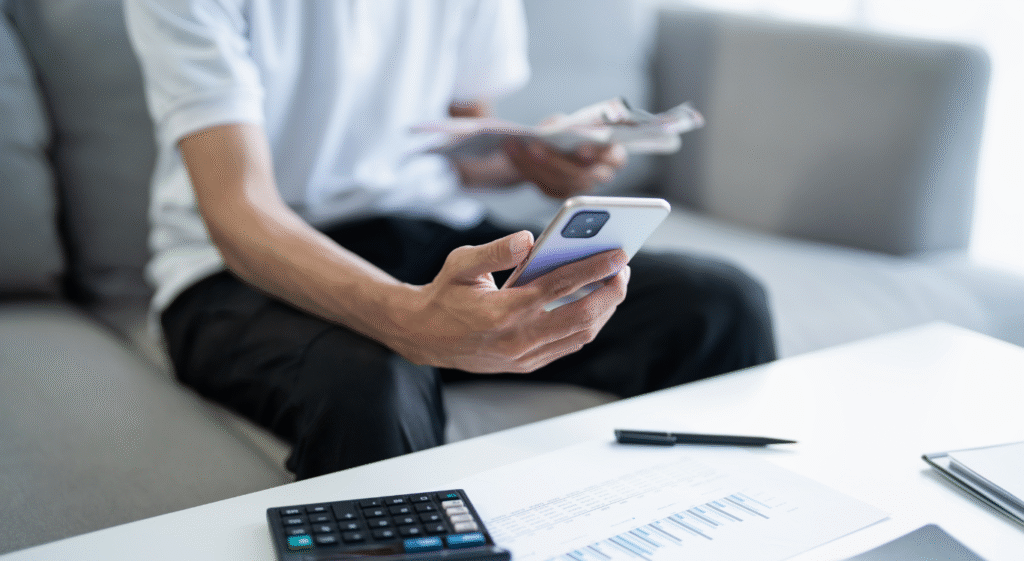Online payment platforms have made life easier by allowing people to manage bills from the comfort of their homes. Among these services, Doxo has gained attention, but not always for the right reasons. Many users have reported issues related to its services, which has led to growing concerns and repeated warnings about using it.
The term “Doxo warning” is often mentioned by banks, utility companies, and customers to alert people that Doxo is not always the official or recommended payment method for their bills. While it looks convenient, there are risks tied to using it without being fully aware of how it works.
In this article, we will explore what Doxo is, why warnings exist, potential risks for users, and how to ensure safe online payments. Understanding these details will help you make informed decisions when managing your finances digitally.
What is Doxo?
Doxo is an online bill payment platform that claims to simplify the process of paying utilities, phone bills, credit cards, and more. It allows users to store multiple accounts in one place, making it look like a central hub for payments.
At first glance, the platform appears helpful, especially for those who want to manage different bills without logging into multiple websites. However, the main issue arises because Doxo is not directly affiliated with many service providers. This means payments made through Doxo may take longer to process, and sometimes companies do not recognize Doxo as their official payment partner.
This gap creates confusion and frustration among users, leading to late fees, missed payments, or even service interruptions. That’s why organizations often issue a Doxo warning to their customers, asking them to avoid using it and instead pay bills directly through official websites.
Why Companies Issue Doxo Warnings
Several companies across different industries have started issuing public notices about Doxo. These warnings are not random—they come from repeated experiences where customers faced problems due to the platform.
The most common reason is payment delays. Since Doxo acts as a middleman, the money doesn’t always reach the company on time. For customers, this can mean late payment charges or disruptions in service. Another issue is the extra fees Doxo may charge for processing payments, which are often higher than paying directly through a bank or service provider’s website.
Additionally, customer service concerns have been raised. Many users say resolving payment disputes with Doxo is complicated, leaving them stuck between the platform and the company they owe money to. All these factors together make businesses issue warnings, so customers are not misled into thinking Doxo is their official partner.
Risks of Using Doxo
There are a few risks linked to using Doxo that every user should know. First, the lack of direct partnership with many billers can cause delays, meaning your account may still show unpaid even after you’ve made the payment. This could result in fines or penalties.
Second, the hidden charges are another drawback. While Doxo promotes convenience, the cost of using the service can be higher compared to paying directly through trusted platforms. Over time, these extra fees add up.
Finally, some people feel concerned about sharing financial details with a third-party platform. Even though Doxo promotes itself as secure, users prefer to give sensitive information only to official and verified websites. These risks are why “Doxo warning” messages keep circulating.
How to Identify a Doxo Warning
Many people come across Doxo without realizing it. They might search for a bill payment link online and land on Doxo’s website, thinking it is the official page of their provider. This is where warnings play an important role.
Companies usually put up notices on their websites saying something like, “We are not affiliated with Doxo” or “Do not pay your bills through third-party websites.” These are direct Doxo warnings. They guide users to use only official channels. Customers should always read payment instructions on the company’s official website to avoid mistakes.
How to Stay Safe While Paying Bills Online
Paying bills online is safe if done correctly. The key is to always use official websites or trusted banking apps. Before making a payment, double-check the web address and ensure it matches the exact domain of your provider.
It is also wise to save official payment links in your browser or bookmark them. This way, you won’t accidentally land on a third-party website like Doxo while searching. Keeping track of receipts and email confirmations also helps you prove payments in case of disputes.
If you are unsure, contact the company’s customer service before paying. They can confirm the right payment channel and save you from unnecessary trouble.
Alternatives to Using Doxo
The good news is that there are many safe alternatives to Doxo. Most companies today provide direct online portals for bill payments, ensuring that the money goes straight to them. Banks and mobile wallet apps also offer bill payment options that are secure and recognized.
Using your bank’s official app or website is often the best option because it cuts out the middleman. You can also set up auto-pay features, which prevent missed payments and save time. Choosing these methods not only avoids risks but also ensures peace of mind.
Conclusion
The Doxo warning exists for a reason—it helps people avoid payment delays, hidden charges, and confusion. While Doxo markets itself as a convenient bill payment hub, it does not always work smoothly with companies, leading to issues for customers.
The safest way to pay bills is always through official websites, banking apps, or trusted digital wallets. By staying alert and reading company notices, you can protect yourself from unnecessary problems.
In today’s digital world, convenience is important, but security and accuracy should always come first. Understanding the risks of Doxo ensures you manage your finances in a safe and reliable way.



